-
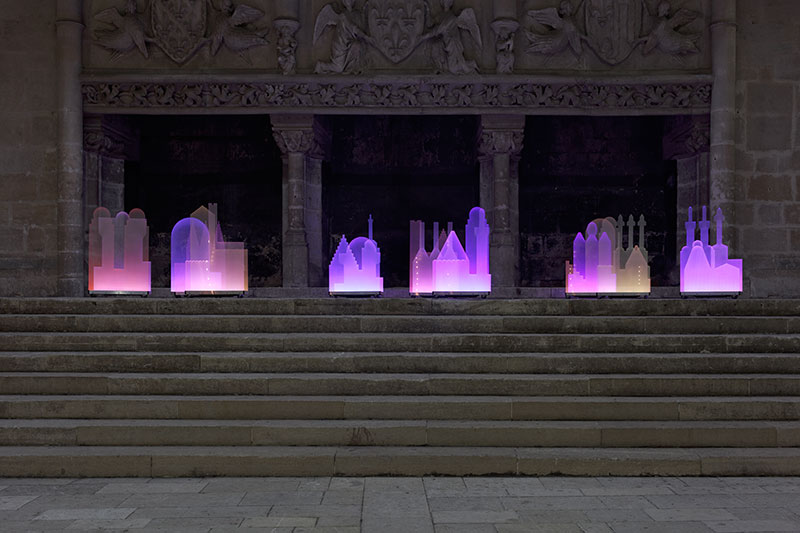 Denis Savary, Lagune et autres poissons
Denis Savary, Lagune et autres poissons -
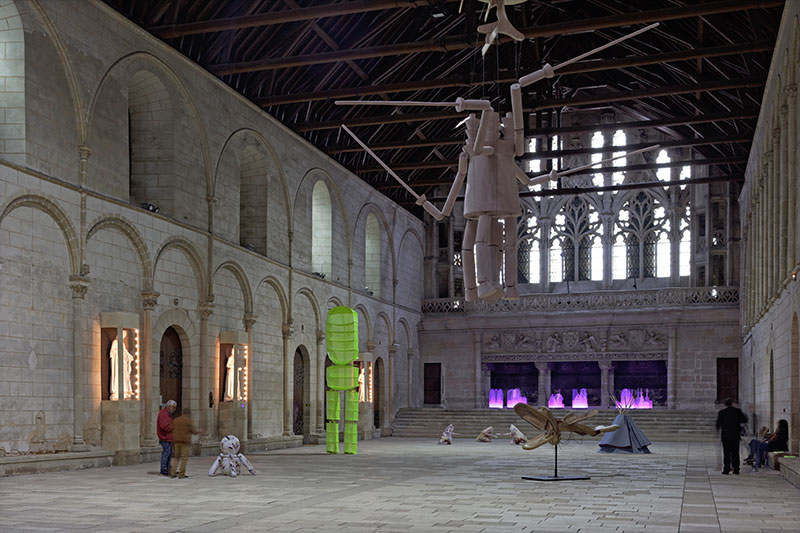 Denis Savary, Lagune et autres poissons
Denis Savary, Lagune et autres poissons -
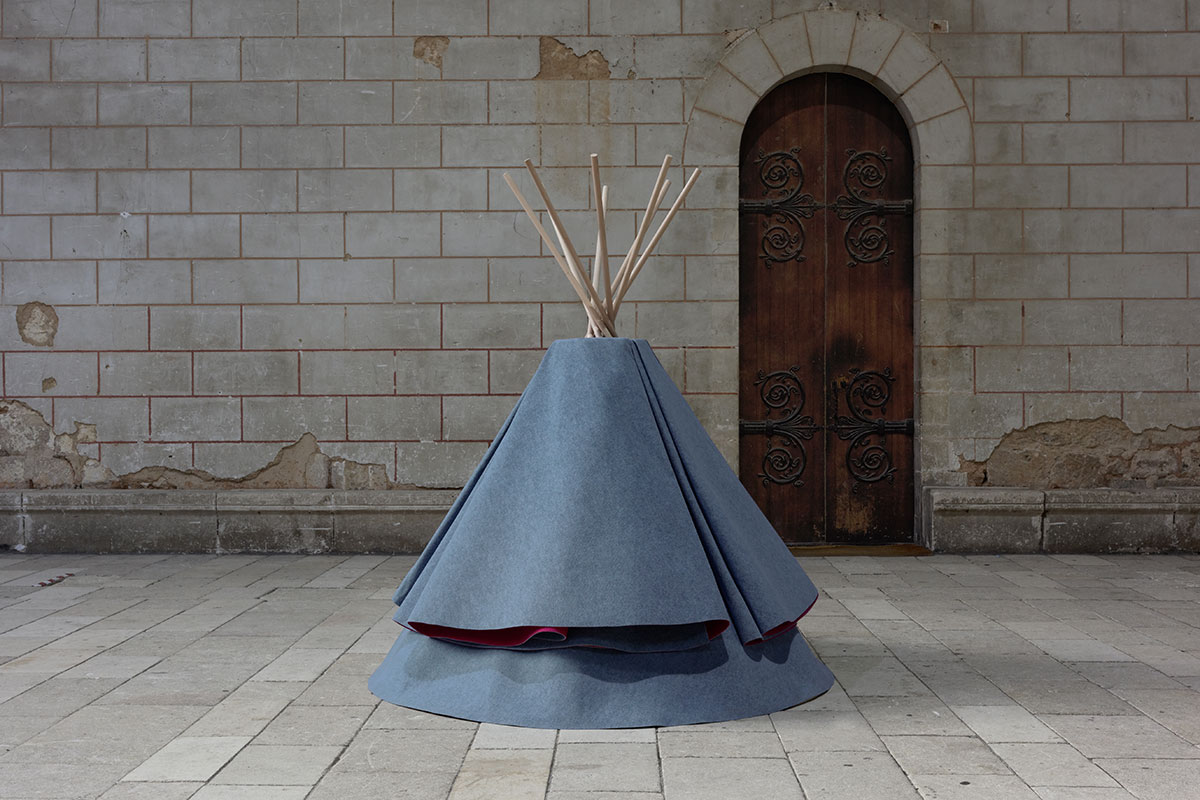 Denis Savary, Lagune et autres poissons
Denis Savary, Lagune et autres poissons -
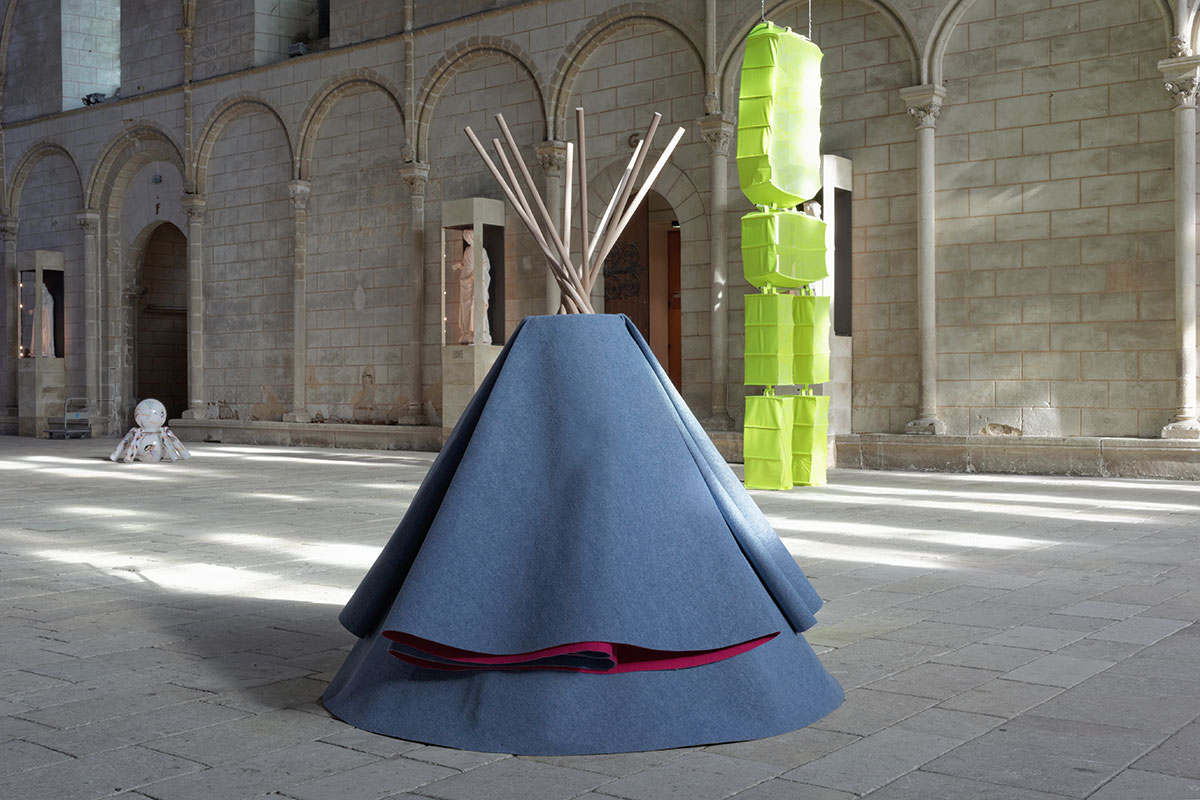 Denis Savary, Lagune et autres poissons
Denis Savary, Lagune et autres poissons -
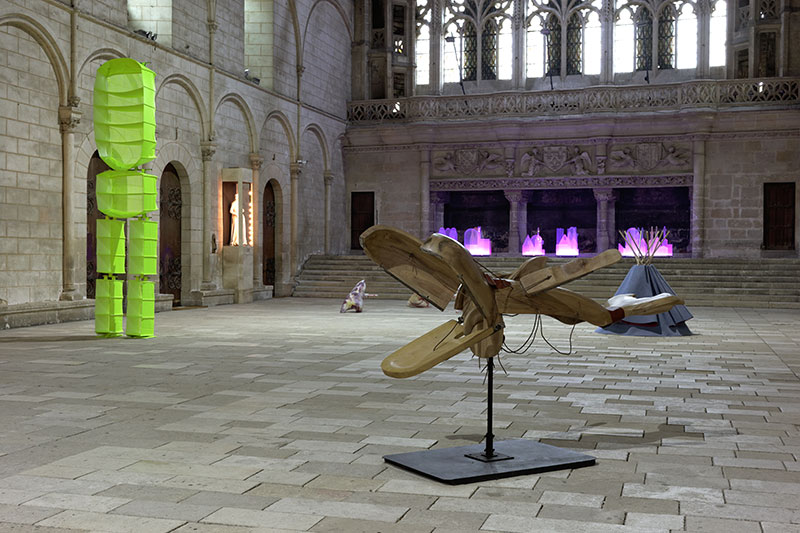 Denis Savary, Lagune et autres poissons
Denis Savary, Lagune et autres poissons -
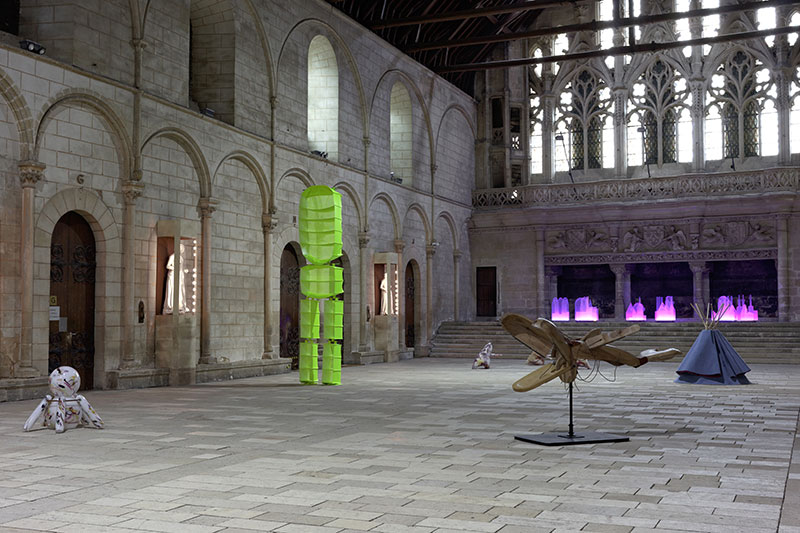 Denis Savary, Lagune et autres poissons
Denis Savary, Lagune et autres poissons -
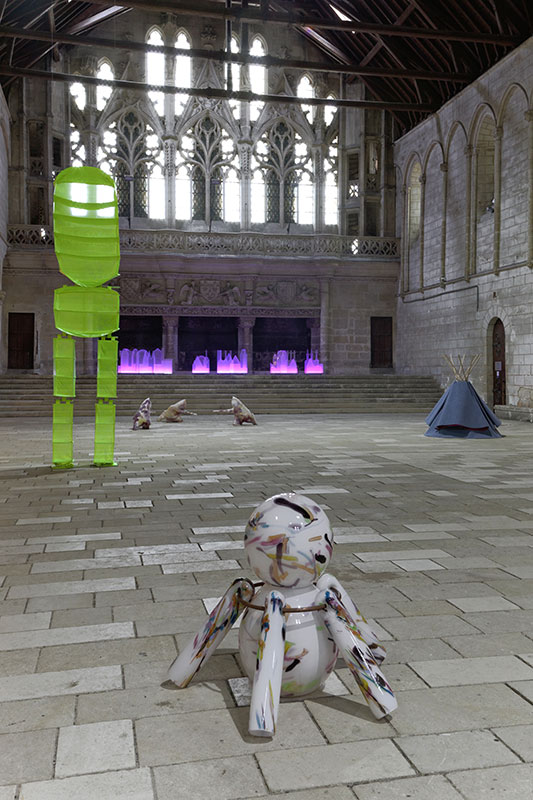 Denis Savary, Lagune et autres poissons
Denis Savary, Lagune et autres poissons -
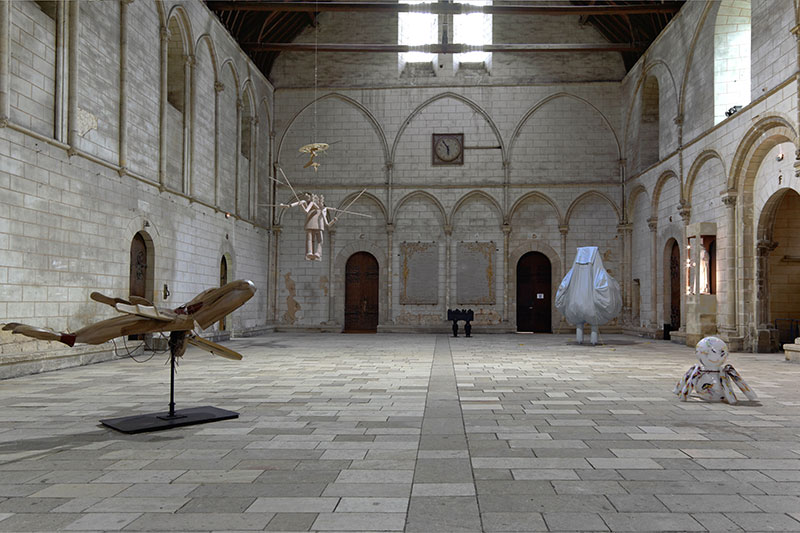 Denis Savary, Lagune et autres poissons
Denis Savary, Lagune et autres poissons -
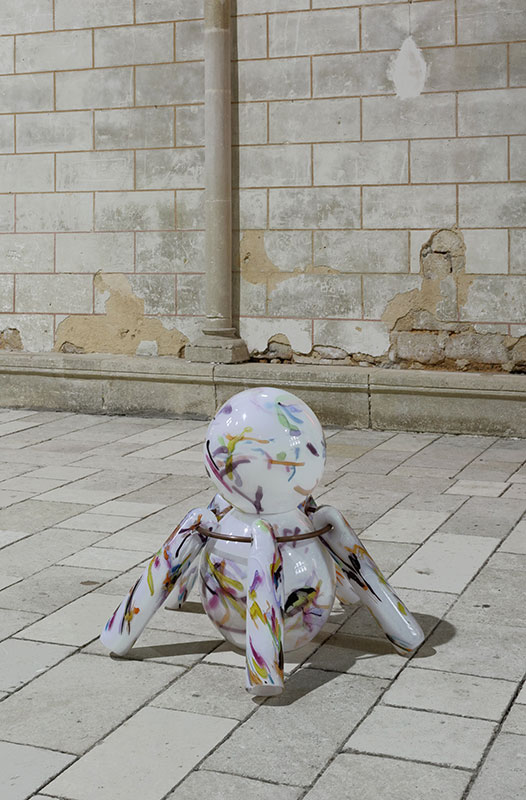 Denis Savary, Lagune et autres poissons
Denis Savary, Lagune et autres poissons -
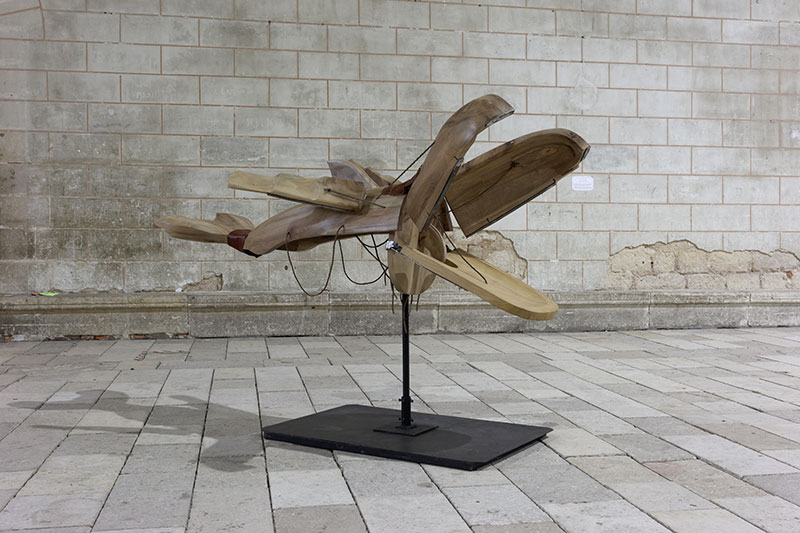 Denis Savary, Lagune et autres poissons
Denis Savary, Lagune et autres poissons -
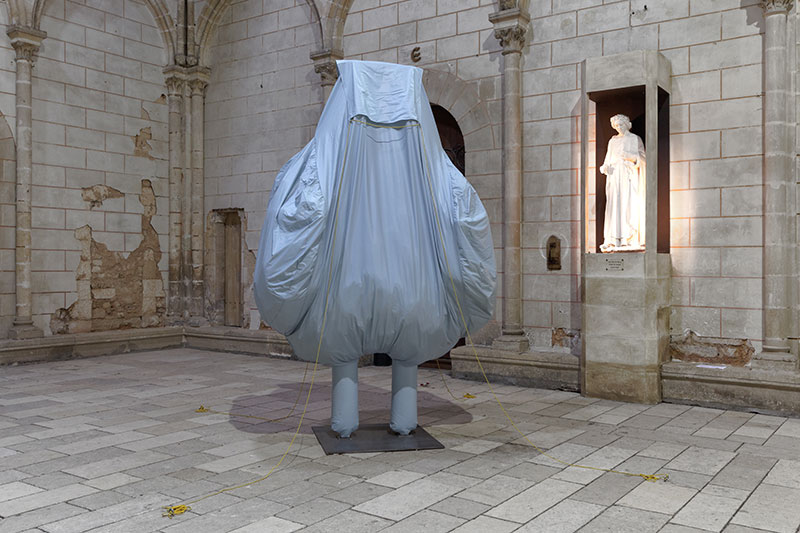 Denis Savary, Lagune et autres poissons
Denis Savary, Lagune et autres poissons -
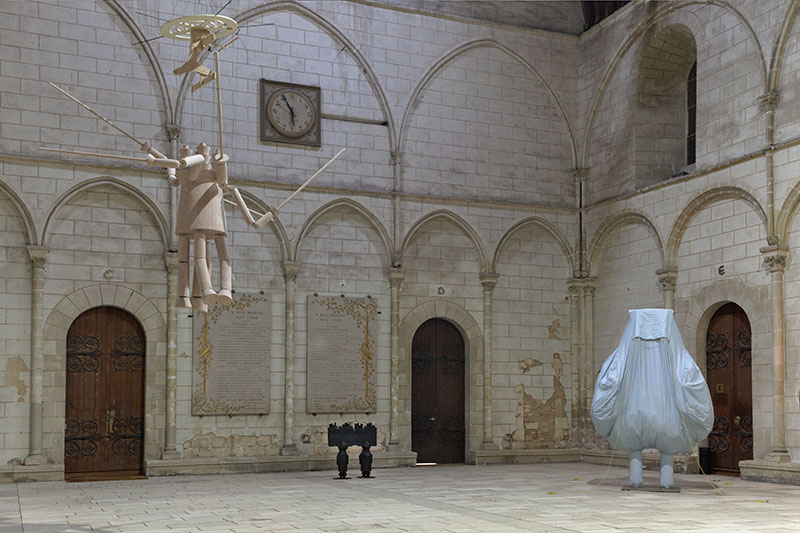 Denis Savary, Lagune et autres poissons
Denis Savary, Lagune et autres poissons -
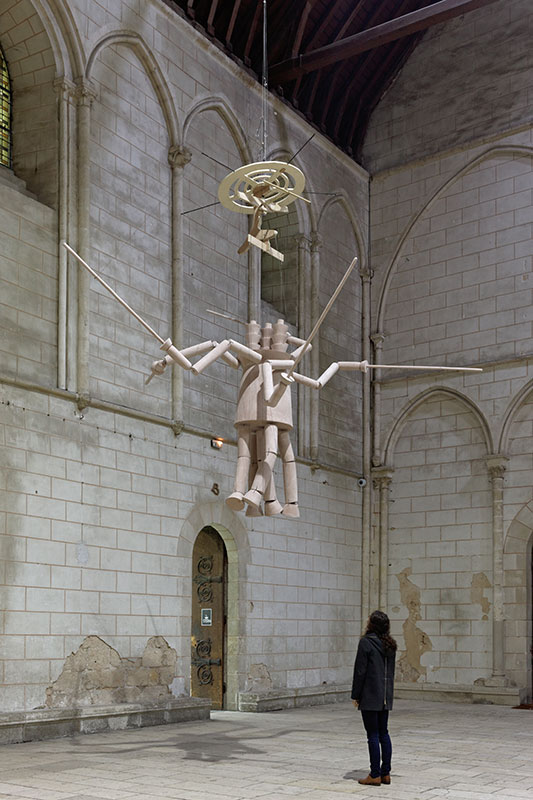 Denis Savary, Lagune et autres poissons
Denis Savary, Lagune et autres poissons -
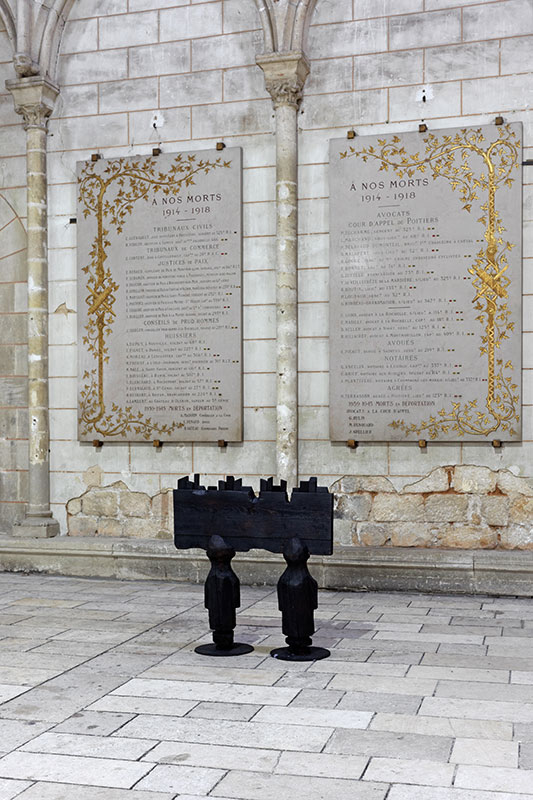 Denis Savary, Lagune et autres poissons
Denis Savary, Lagune et autres poissons -
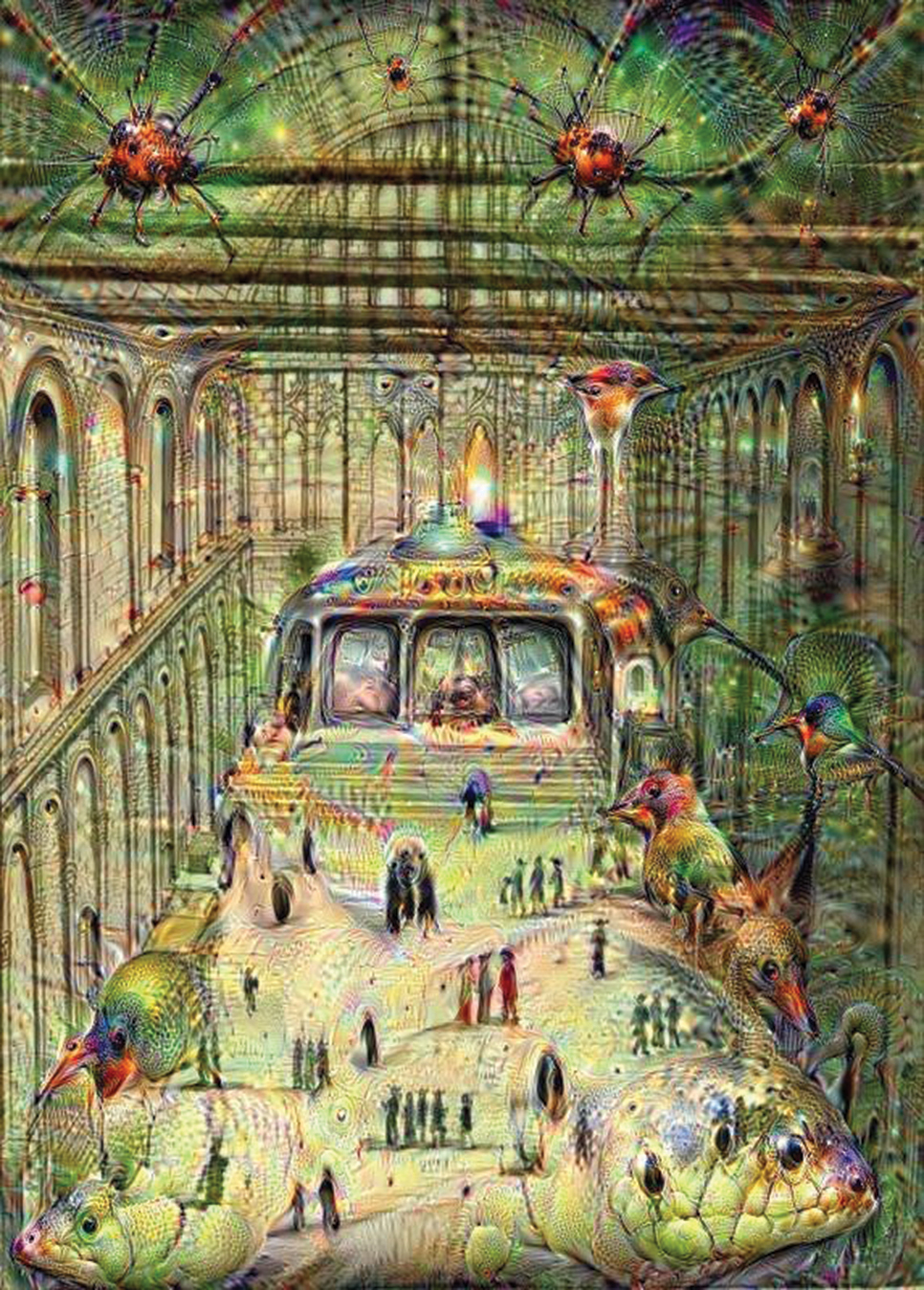

Denis Savary, Lagune et autres poissons

Denis Savary, Lagune et autres poissons

Denis Savary, Lagune et autres poissons

Denis Savary, Lagune et autres poissons

Denis Savary, Lagune et autres poissons

Denis Savary, Lagune et autres poissons

Denis Savary, Lagune et autres poissons

Denis Savary, Lagune et autres poissons

Denis Savary, Lagune et autres poissons

Denis Savary, Lagune et autres poissons

Denis Savary, Lagune et autres poissons

Denis Savary, Lagune et autres poissons

Denis Savary, Lagune et autres poissons

Denis Savary, Lagune et autres poissons
